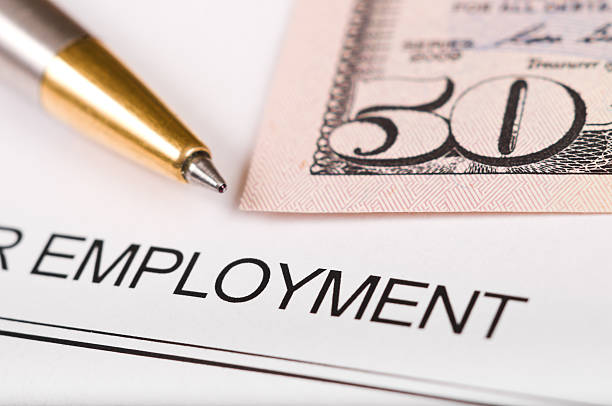The American economy gained an impressive 263k new jobs in April, much higher than the 190k tally analysts were expecting. The unemployment rate also fell to 3.6% – the lowest level in almost 50 years.
Strength was fairly broad based, with hiring accelerating for both good and services. Professional and business services (+76k), construction (+33k), and health care (+27k) all saw notable gains. The retail sector continued to be an area of weakness, shedding 12k jobs in April. Employment in the sector is down 0.3% versus a year ago.
The labor force participation rate continued to move downwards, and is now at 62.8%. The civilian labor force has been shrinking steadily since the beginning of the year, and is now in line with its year ago level. Somewhat discouraging was a further decline in the participation rate for prime aged Americans (25-54 years), which dipped from 82.5% to 82.2% in April. However, this measure remained above its year-ago level.
Growth in average hourly earnings was up a modest 0.2% in April. That left wage gains steady at 3.2% on a year-on-year basis.
Key Implications
The labor market once again defied expectations for softer hiring tallies and further raised the bar for Fed rate cuts. While most of the focus recently has been on inflation undershooting the Fed’s 2% target, the labor market is clearly in no need of stimulus. Wage growth did not accelerate in April, but at 3.2% it still looks pretty good. With softer inflation, it is even better in real terms, providing a solid base for a rebound in consumer spending in the second quarter.
We still expect hiring will slow over the course of 2019. Economic growth is slowing from its 3% pace over the past year and is likely to average around 2% over the remainder of this year. With the unemployment near a record low, supply constraints will begin to bind. This will mean more muted monthly payroll gains, consistent with a mature phase of the economic cycle. We expect job gains to slow below 150k per month through the remainder of 2019.


 Signal2forex.com - Best Forex robots and signals
Signal2forex.com - Best Forex robots and signals




